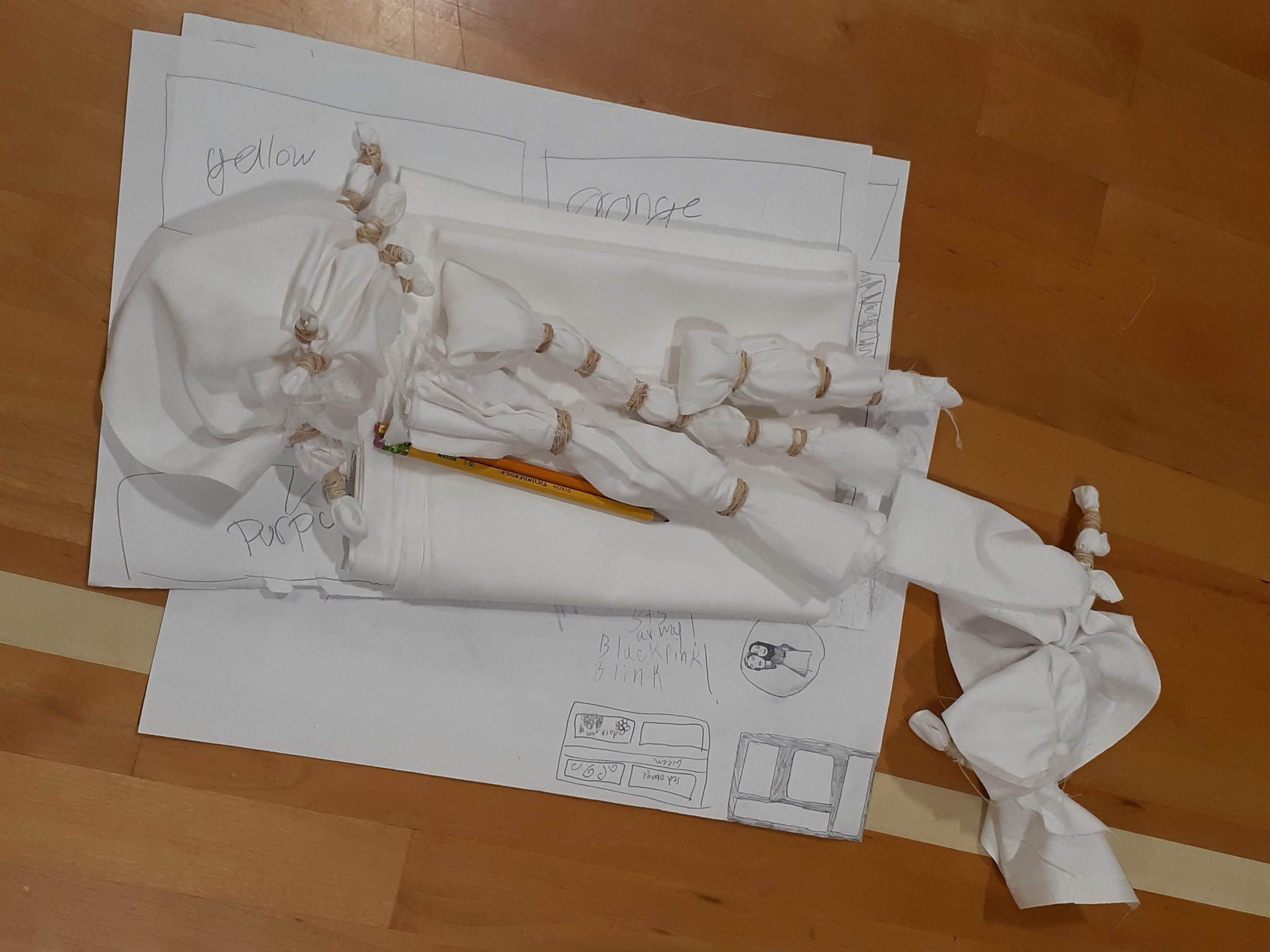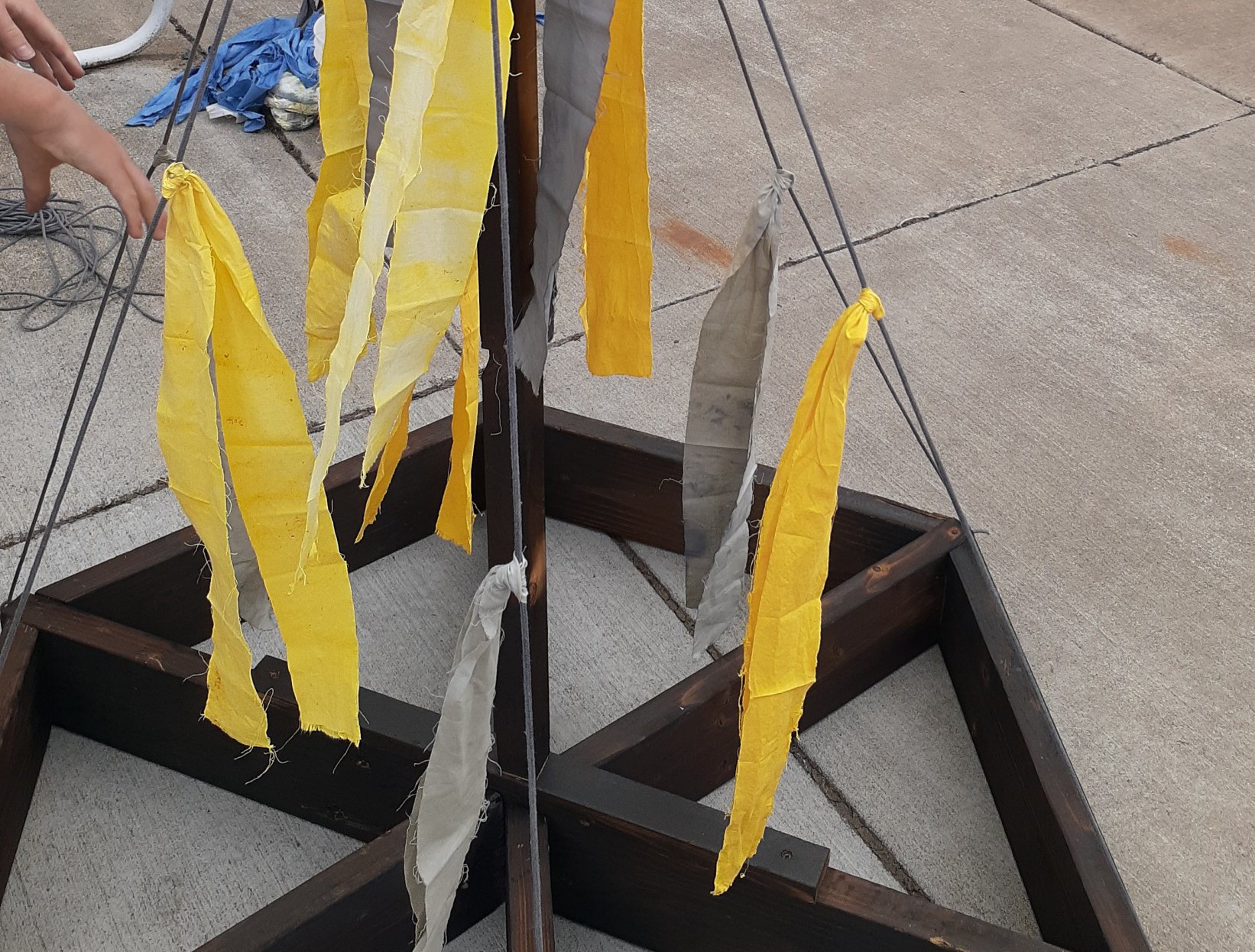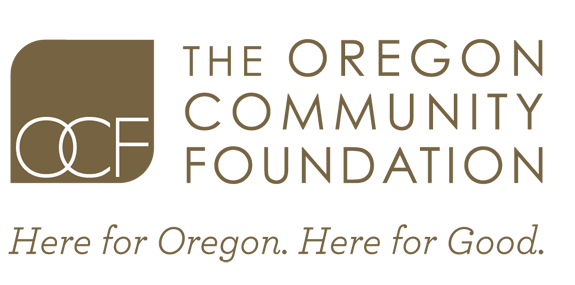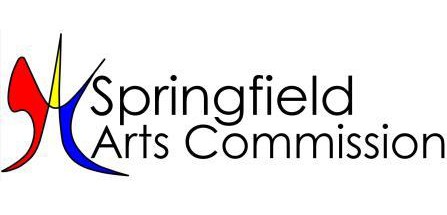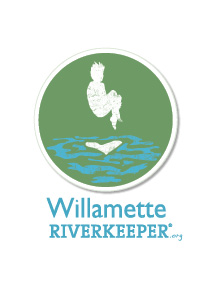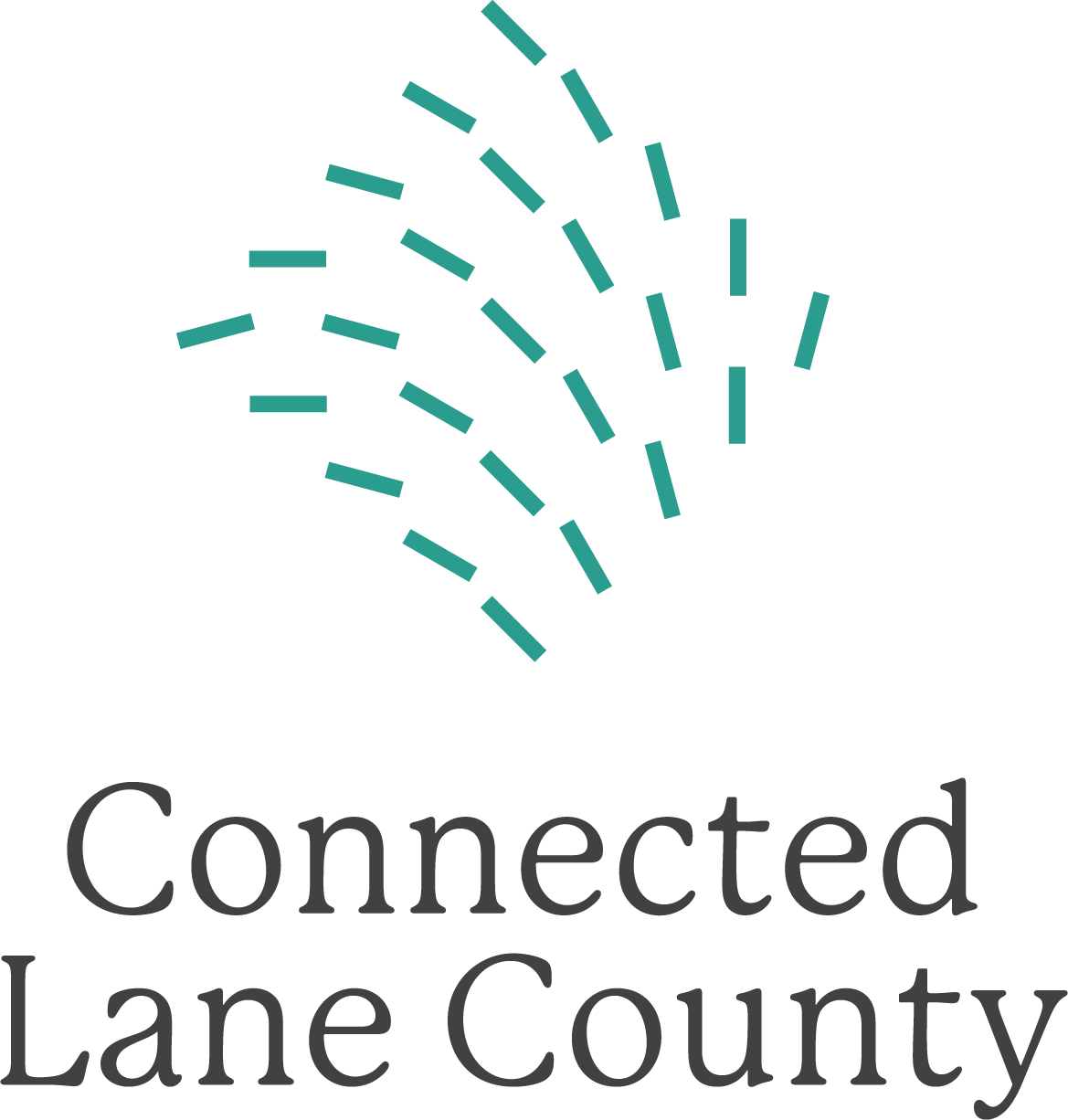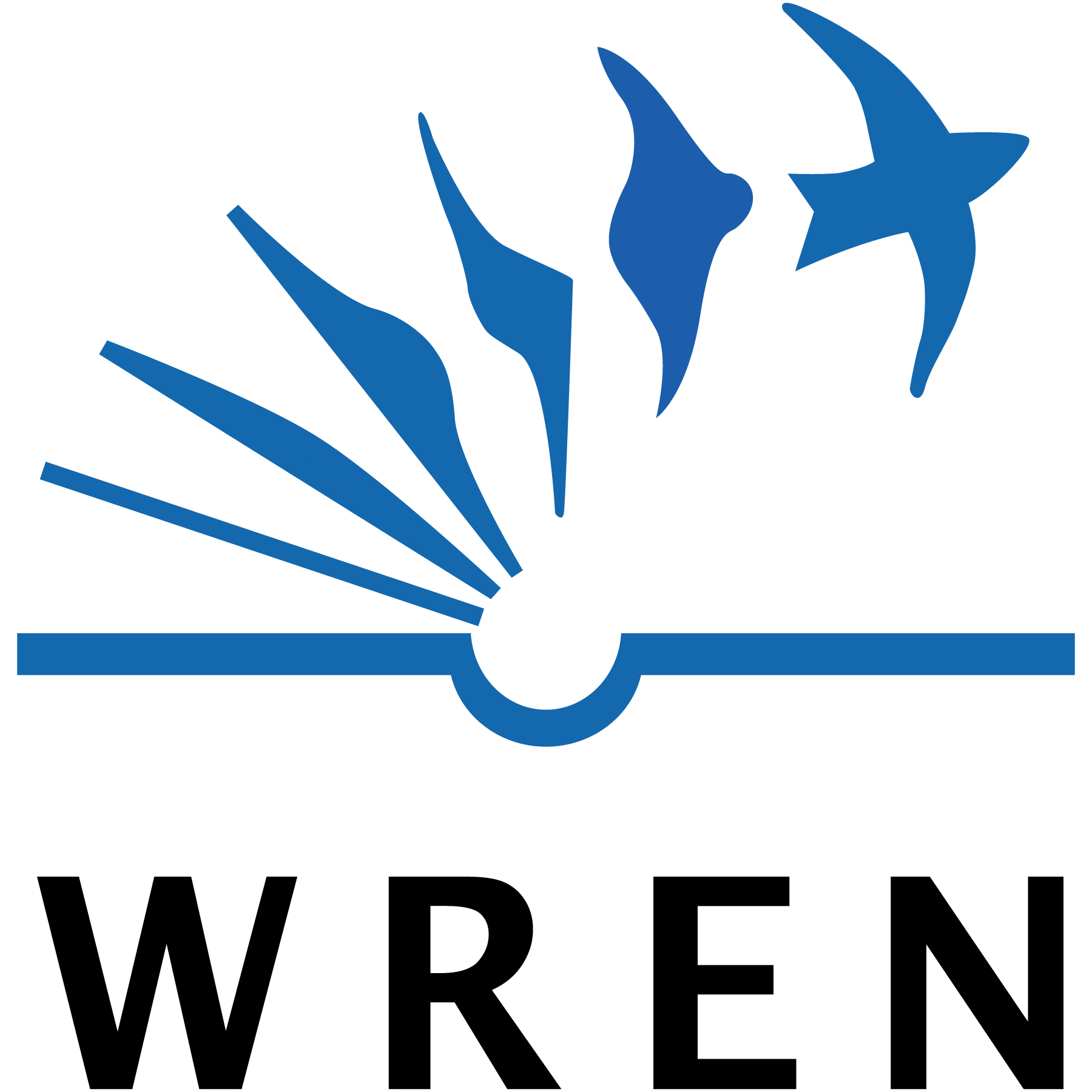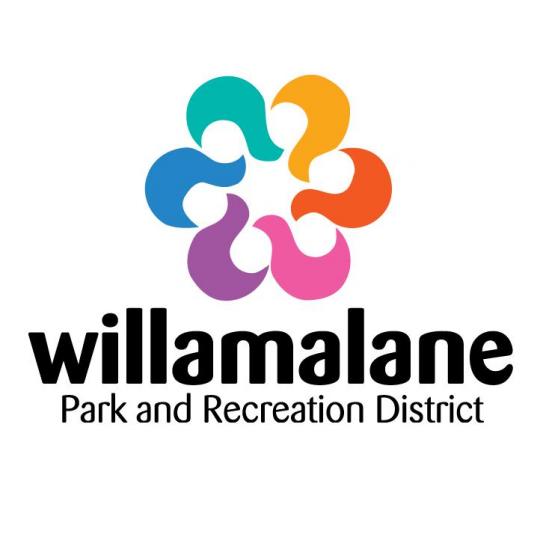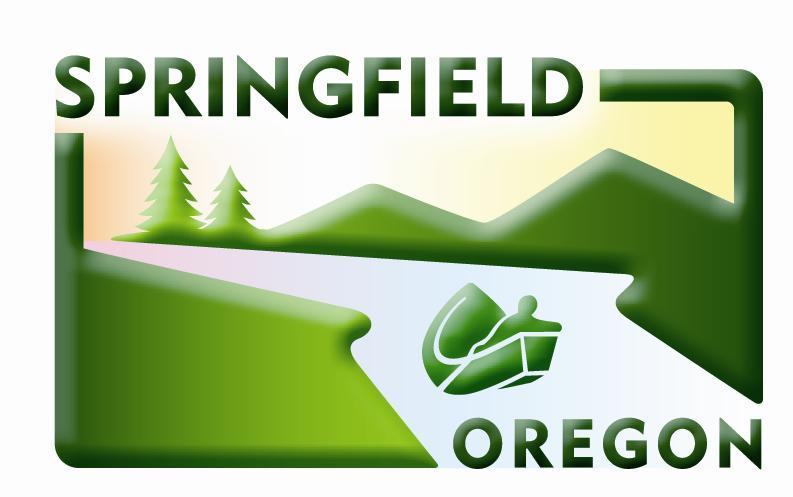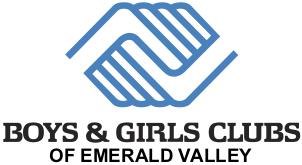This summer, Lane Arts Council, in partnership with Willamette Riverkeeper, Willamette Resources and Education Network (WREN), and multiple local partners, brought teaching artist Alex Ever to day camps and summer school classrooms throughout Eugene, Springfield, and Fern Ridge to teach students about clean water, environmental advocacy, and natural dyes. Their work has culminated in a series of student-driven public art installations that will be displayed across the community during the Willamette River Festival, running August 21st-28th.
Alex’s work, with support from WREN educator Ellen Thompson, engaged students in local environmental education through watershed and water pollution education and the tangible process of creating and using natural dyes. Dye making is an intersection of actionable science and process-based art that encourages experimentation and invites students to take creative risks. Together, students created floating platforms, vibrant banners, and large-scale cross-stitch artworks ready for public showcase. While the methods and mediums varied from camp to camp, the objective remained the same; to inspire and empower local youth to learn about and love their environment through the process of explorative and collaborative art-making.
Dye-stuff used in these pieces includes a wide range of natural materials including:
Rose petal, turmeric, black-eyed Susan, indigo, marigold, chicory, oak gall, onion skin, lavender, hanging moss, henna, pomegranate skin, spinach, Queen Anne’s lace (wild carrot), hibiscus, coffee, black tea, green tea, blueberry, avocado, wild fennel, dandelion, and Oregon grape.



Boys & Girls Club of Emerald Valley
Banner Installation at Amazon Park
Cotton fabric, cotton/synthetic rope, natural dyes, oak gall ink, thread
For this piece, students used a variety of natural dyes, as well as locally harvested oak gall ink, to design a number of banners that explore their unique relationships to our rivers, and how the obstacle of climate change threatens the natural spaces that they call home. As they learned about how watershed and water pollution impact their community, they found innovative ways to express their own concerns with how their environment has been mistreated, which led to an artwork steeped in vulnerability, urgency, and hope for a better, more sustainable future.
One group of middle school students learned how to navigate the uncertainty that comes with tackling larger new creative projects. Through group conversation and one-on-one time with Alex one student gained the tools she needed to execute the ambitious design that she felt connected to. “I usually walk away from a big project or ask someone else to do it because I am too scared of messing it all up- but I got it!”
Bethel School District Invention Day Camp
Banner Installation at Sladden Park
Cotton fabric, cotton/synthetic rope, natural dyes, oak gall ink, thread
Students at the Invention Day Camp had the exciting challenge of working as collaborators on a series of cotton banners that explore their relationships to the Willamette River. While each student had a portion of a banner to call their own, they worked together to design a cohesive art piece that expresses not just their own voices, but the voice they share as a community of peers. “Everyone can see mountains or hills from where they live, and that is a connection for them to water,” one student explained thoughtfully. This shows that children can identify how their shared geography connects them to not only what they all see, but to the natural systems that connect us as a community.
Fern Ridge Summer School
Woven Artwork Installation at The Mahonia Building
Cotton fabric, cotton/synthetic rope, natural dyes, wire mesh
At Elmira Elementary, a “weave” was used as a visual metaphor to help Kindergarten through 5th grade learners think about how human pollution is caused by a large number of interdependent, small choices that lead to a collective impact. Students learned how each small choice that individuals make, like the colorful threads of a weave, have an impact on the overall picture of health for our planet. The art work from Fern Ridge Summer School is a collective art work of dyed fabrics woven through a series of wire grids, an image that resonated deeply with its creators, “One plastic thing could destroy an ecosystem,” one student reflected.
With students ranging from kindergarten to 6th grade, there was an air of excitement from everyone as students gathered around the pop-up dye lab to experiment with natural dye colors. One group of kindergarteners had their first experience with such an ambitious fusion of science and art. The hands-on experience of transforming items from natural material into vibrant dye inspired them to come back each day with new observations and questions. The students learned that there are endless possibilities for natural dye creations.
Willamalane Summer Camp
Floating Art Installation at the Booth Kelly Trailhead
Flame torched wood, cotton fabric, cotton/synthetic rope, natural dyes, oak gall ink
Willamalane Summer Camp students were provided a highly unique challenge – how to use cotton fabric and rope to create dynamic visual impact on a series of hexagonal floating platforms. Taking inspiration from the plantlife that surrounds the Bob Keefer Center in Springfield, students ethically and respectfully harvested wildflowers on site to discover what dyes were possible with the plants that surround them each day. What resulted from their experimentation was vibrant yellows, dark greys, and pastel pinks. They then dyed cotton fabric to create 3-dimensional sculptural elements to float in the Mill Race at the Booth Kelly Trailhead.
Collaboration with WREN
This programming could not have been possible without the collaboration with Willamette Resources and Education Network (WREN). Ellen Thompson, AmeriCorps volunteer and environmental educator, attended each camp to provide education on local watersheds, our natural environment, and the impacts of pollution. Students took these important scientific lessons and translated their knowledge into dynamic and impactful works of art. Lane Arts Council is so thankful for this special partnership!
Thank you to our sponsors and partners!
Thank you to our partners and funders Oregon Community Foundation, Springfield Arts Commission, the Oregon Country Fair Bill Wooten Endowment Fund, Connected Lane County, the Fern Ridge School District, Veneta City Council, Willamette Riverkeeper, Willamette Resources and Educational Network, Willamalane Parks & Recreation, the City of Eugene, Boys & Girls Club of Emerald Valley, the City of Springfield, Fern Ridge Library, and teaching artist Alex Ever for their vision towards the 2021 Willamette River Festival art installations.






